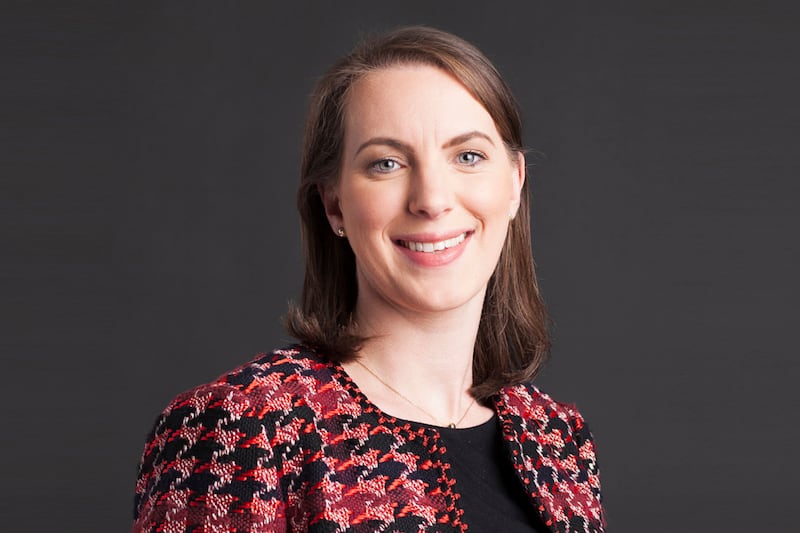Green funds are generally defined as investment vehicles that promote socially and environmentally conscious policies and business practices. But what do they offer investors beyond a sense of virtue?
The important thing to remember is that not all green funds are created equally, says Siobhán McBean, partner in law firm Arthur Cox’s asset management and investment funds group.

“As with any investment, what is really important is for investors to understand the investment strategy and the risk profile of a fund,” says McBean. “This applies equally to green funds, so investors should consider carefully the green credentials of a fund, as well as the wider investment strategy, to determine whether it meets their investment and sustainability goals.”
In many cases, green funds may outperform conventional or “brown” funds, but McBean warns that this ultimately depends on the fund manager and the investment strategy. “There is no one size fits all in terms of performance or returns across ‘green’ or ‘brown’ funds,” she says.
RM Block
According to Philip Murphy, financial services tax partner at KPMG, over the past number of years there has been a clear trend of investors seeking to diversify and allocate a greater weighting of their investment portfolio to so-called “alternative” assets, such as renewable energy.

“These assets can provide a greater level of overall stability, particularly when bond and equity markets are volatile,” he explains. In the context of the green agenda, Murphy notes that this asset class can also resonate more with investors. “This will likely only increase over time as investor demographics shift with a passing of wealth between generations and a greater level of awareness as the global move towards net-zero carbon continues. All indicators therefore currently point towards a greater deployment of privately held capital into green asset classes.”
Recent global trends saw a slowing down of green investment; however, McBean believes this will be short lived.
“We are certainly seeing less of a rush into ESG funds than might have been the case in recent years but the sector has matured and investors have become more sophisticated in terms of their ESG expectations and understanding,” she says. “There is still substantial investor demand for ESG funds.”
The introduction of the enhanced regulatory framework for European long term investment funds (ELTIFs) in Ireland has enhanced private investors’ ability to invest in green funds, adds Murphy.
“The ELTIF regime is focused on collective investment funds which hold ‘real’ assets that generate returns over a longer period – assets such as wind farms and other renewable assets would typically fall into this category,” he says. “With no minimum subscription amount, it is more accessible to all investors, rather than only to institutional investors or those in the high net worth category.”




















